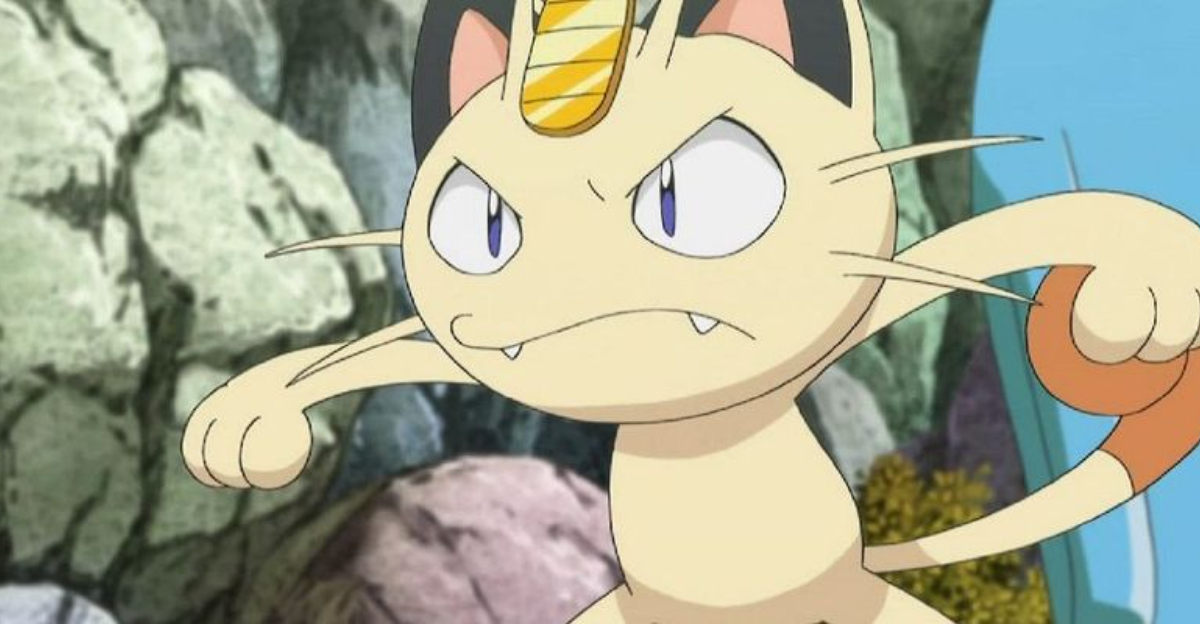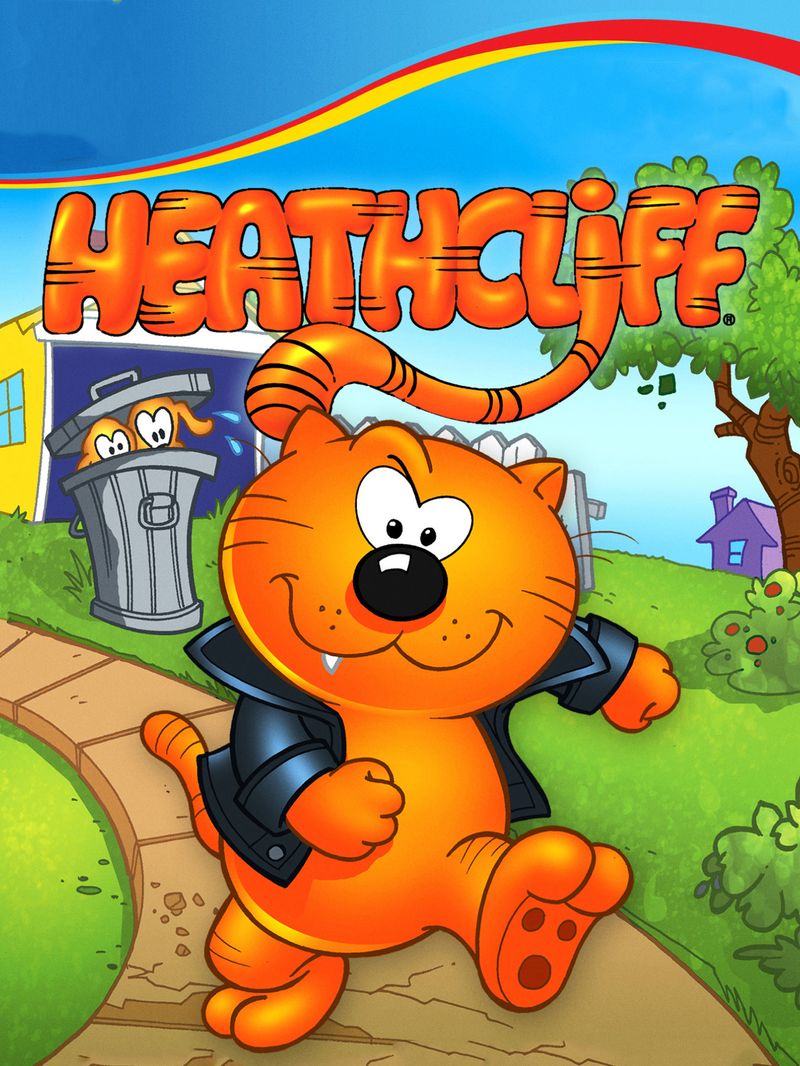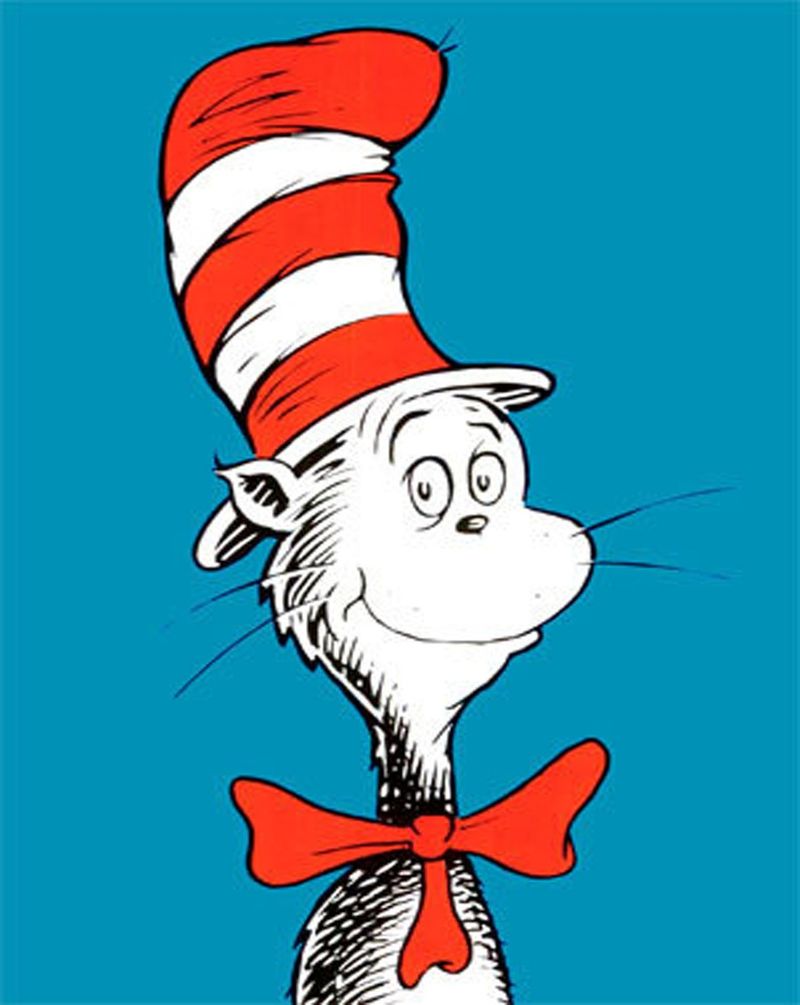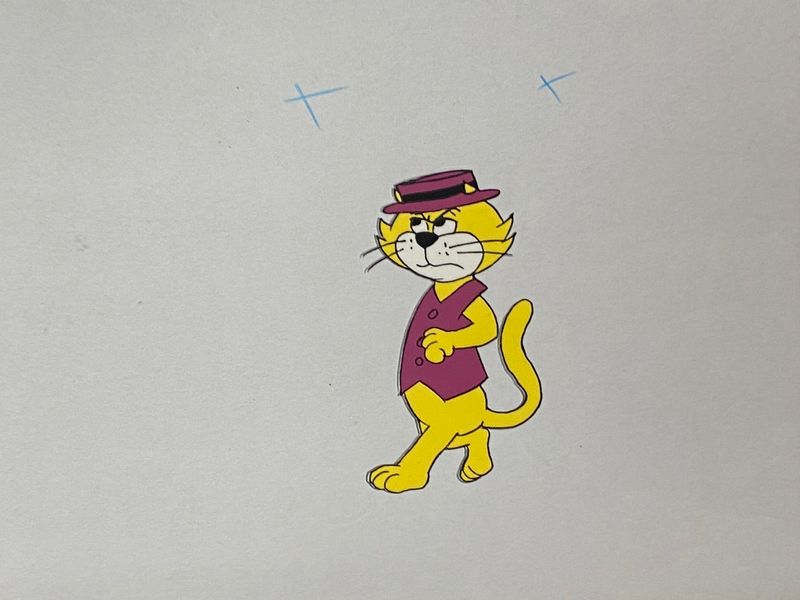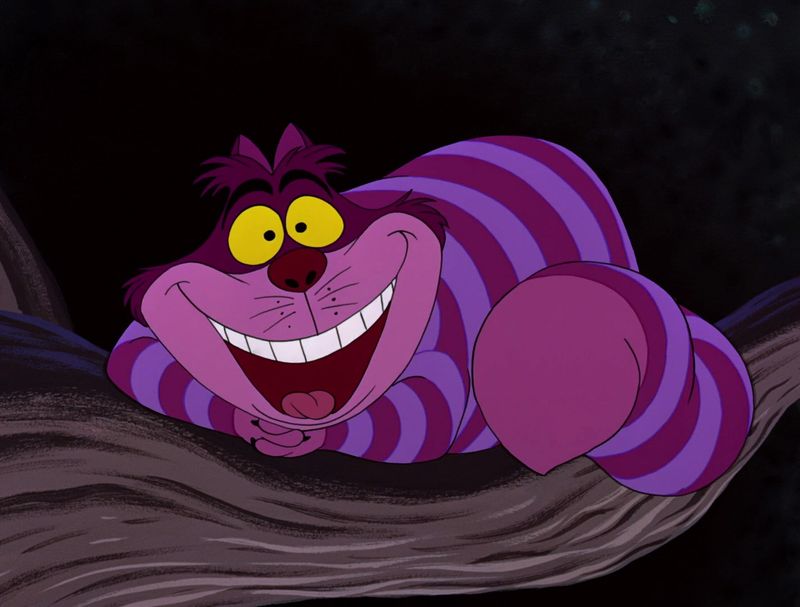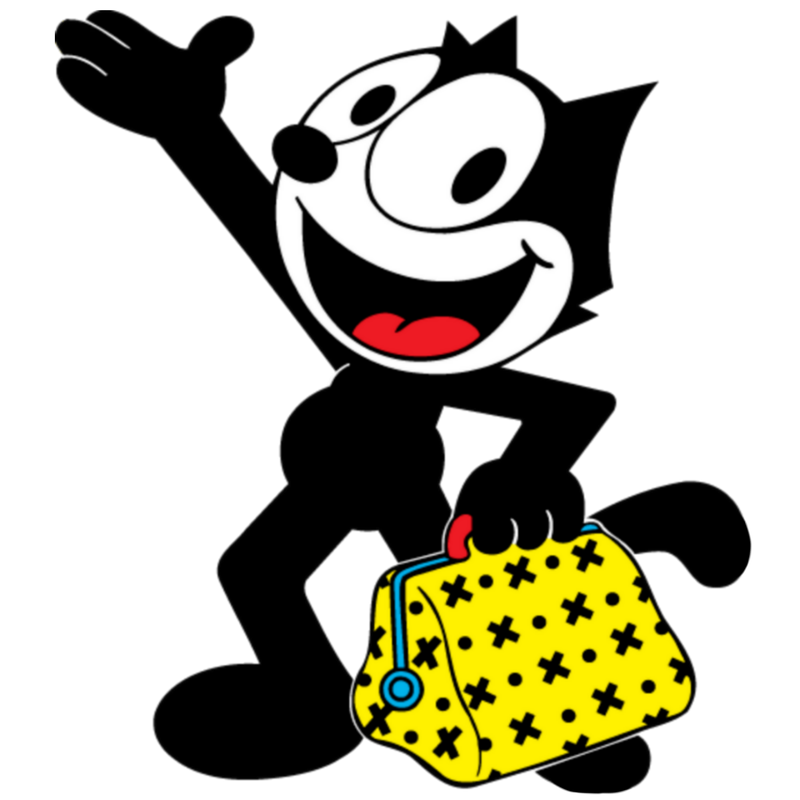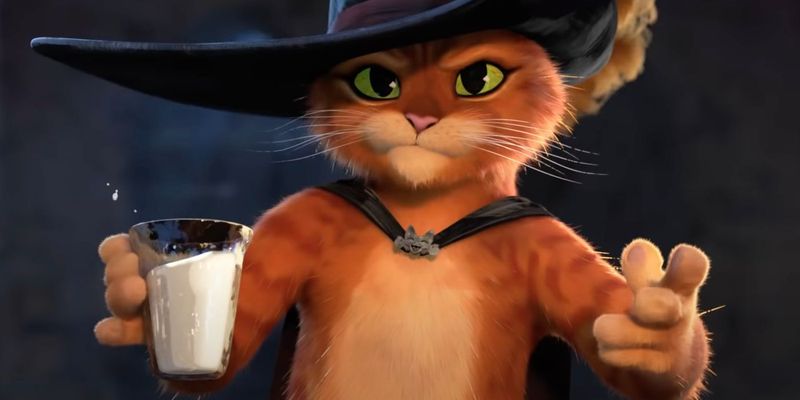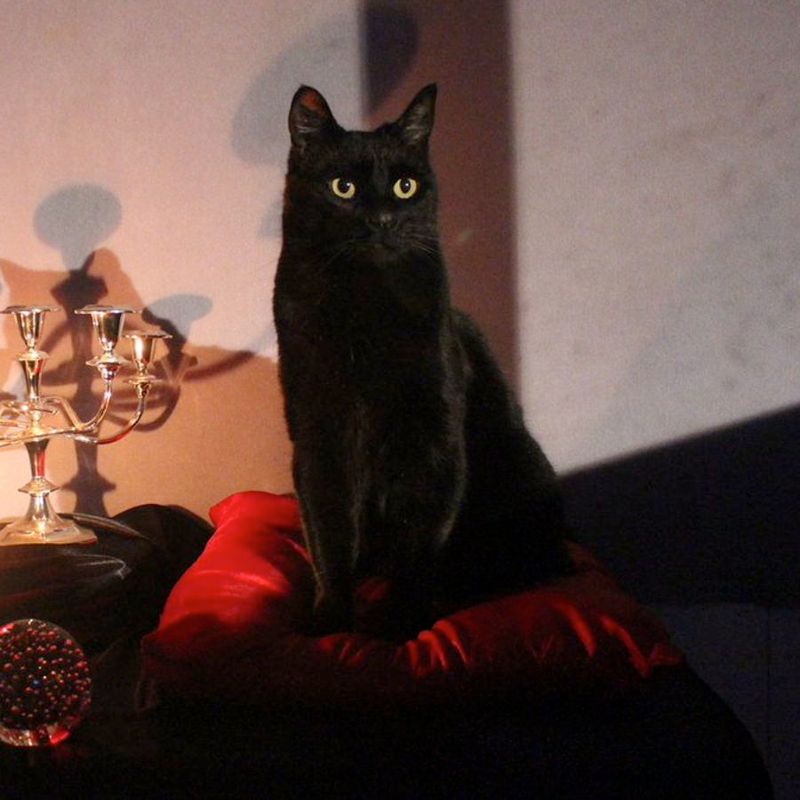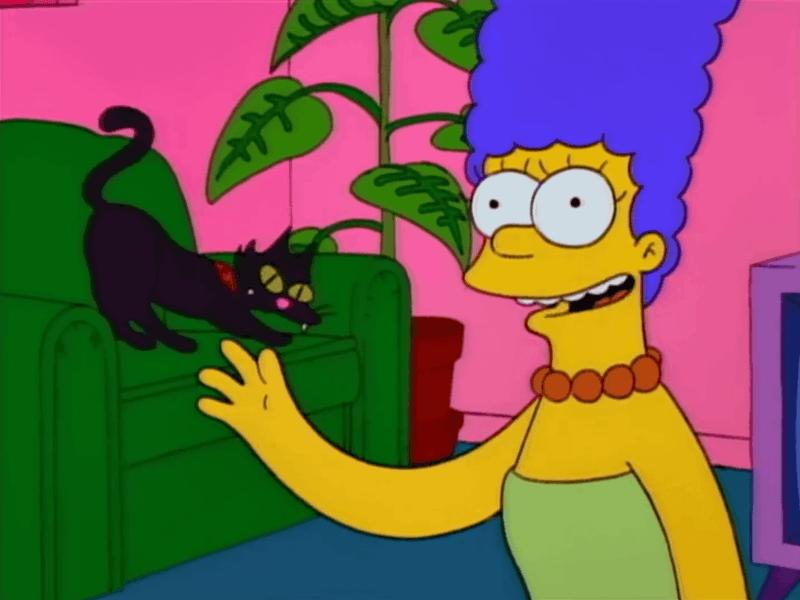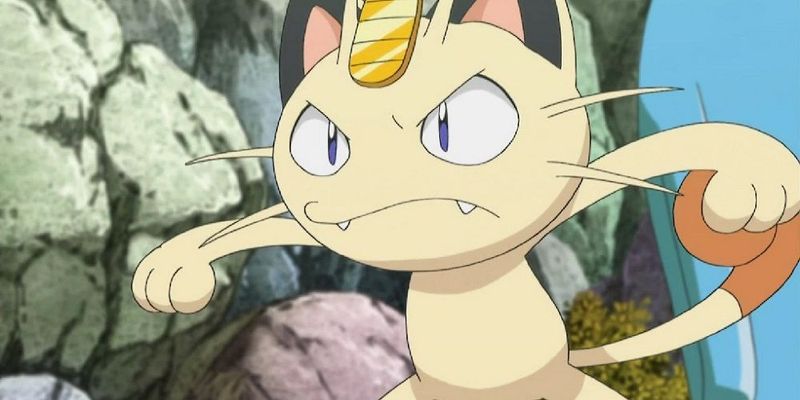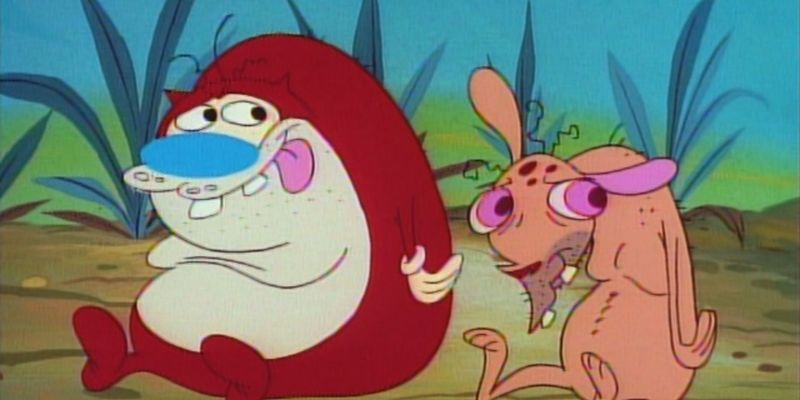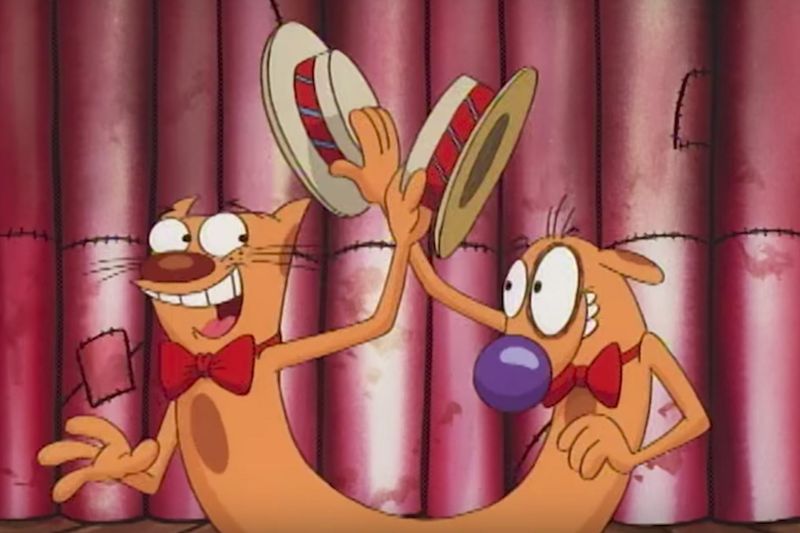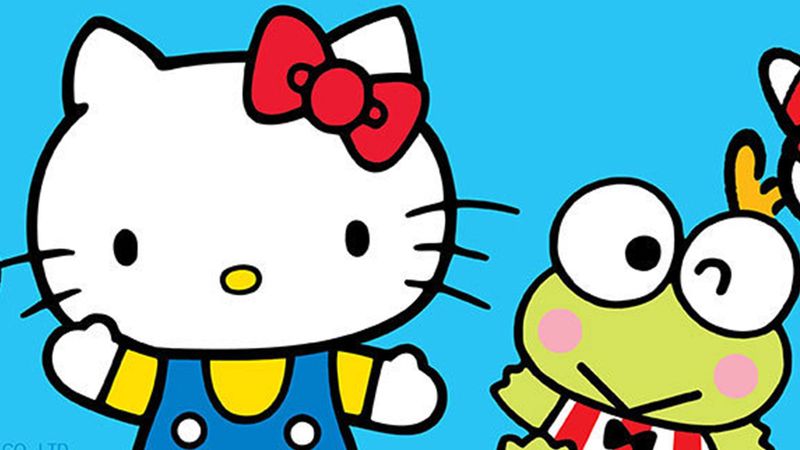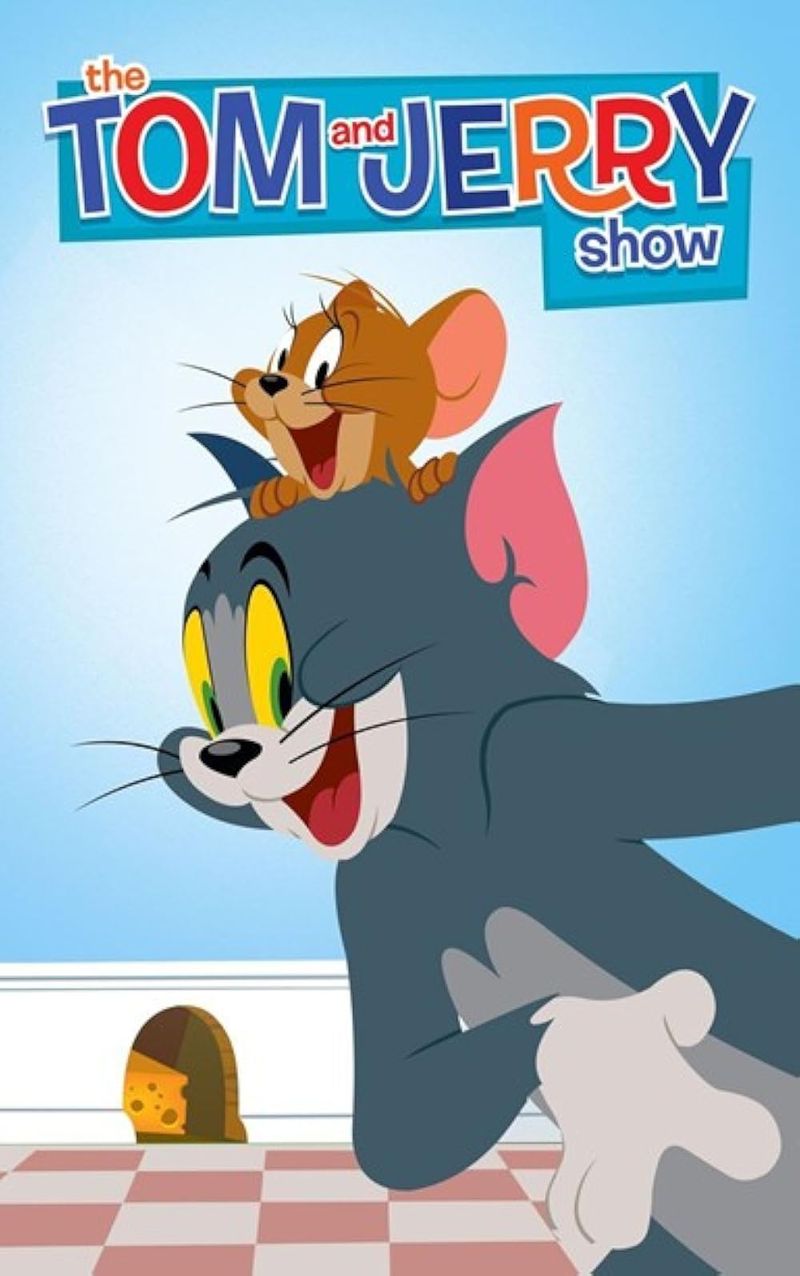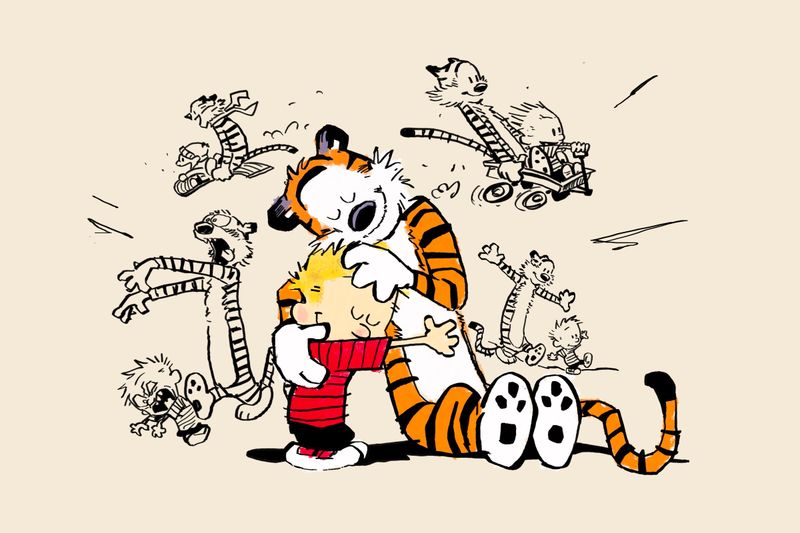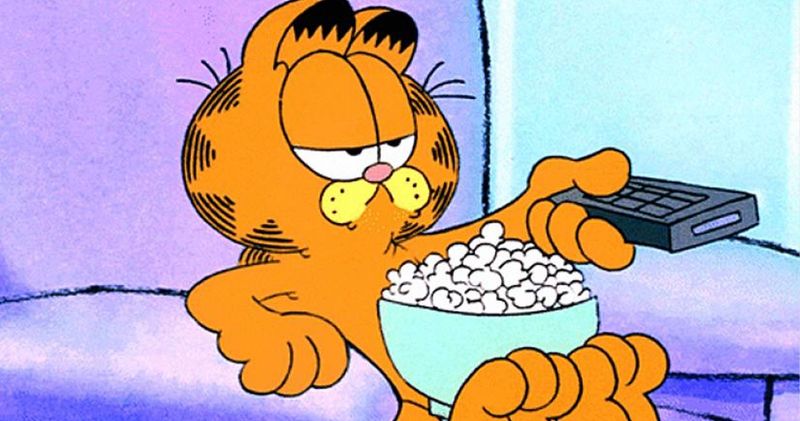📖 Table of Content:
Cats have prowled their way into the heart of animation and comic strips for generations. Whether they’re mischievous troublemakers, sarcastic couch potatoes, or philosophical companions, feline characters have carved out a permanent space in pop culture. Unlike their canine counterparts, cartoon cats often come with a streak of independence, mystery, and wit that fans can’t resist.
From early 20th-century silent shorts to global merchandising empires, comic and cartoon cats have evolved with the times while retaining the same core appeal: they’re clever, expressive, and effortlessly cool. Some of them represent childhood nostalgia; others reflect the dry humor of adulthood. But every single one has, in their own way, left claw marks on our cultural memory.
This list celebrates the 15 most iconic feline characters, as ranked by fan devotion. Each cat brings something special—whether it’s a snide comment, a swashbuckling sword, or a disappearing act—and they all deserve their time in the spotlight. As we count down, you’ll see familiar faces and maybe a few forgotten favorites, but they all share one thing: a place in the pantheon of legendary animated and illustrated cats.
15. Heathcliff
Bounding through trash heaps and alleyways, Heathcliff was the rough-and-tumble rebel of the comic strip world. He exuded a gritty charm that made him stand out from the more polished, well-behaved pets of the time. There was always a gleam of mischief in his eye and a readiness for neighborhood dominance. Unlike Garfield, whom he’s often compared to, Heathcliff had an edge rooted in street smarts and brawn. Kids who grew up in the ’70s and ’80s often recall him as their first cartoon tough guy. Though his popularity has waned somewhat, his antics still hold nostalgic appeal. That orange tabby with a fishbone in his mouth remains a symbol of feline bravado.
14. The Cat in the Hat
Few fictional cats are as recognizable as the striped top hat-wearing agent of chaos introduced by Dr. Seuss. He wasn’t just a cat—he was a storm wrapped in a rhyme, spinning through a tidy home and leaving both havoc and wonder in his wake. Audiences have long debated whether he’s a hero or a menace, but one thing is clear: he’s unforgettable. Children saw him as the ultimate fun-maker, while adults sometimes winced at the mess he left behind. His literary origins gave him a unique foothold in both education and entertainment. Over time, his image has graced everything from books to films to backpacks. He’s the cat who taught generations that breaking the rules could also be imaginative.
13. Top Cat
Cool, calculating, and always one step ahead, Top Cat led his gang of alley cats with a blend of charm and cunning. As a product of the Hanna-Barbera era, he combined slapstick humor with street-smart leadership. T.C., as he was called by friends, operated in a world where cats pulled schemes instead of yarn. His banter with Officer Dibble became a classic cat-and-authority dynamic. Top Cat’s appeal came from his confidence—he always seemed to believe he was meant for something bigger. Despite the show’s short original run, it achieved cult status in syndication. Top Cat proved that being scrappy didn’t mean you couldn’t be sophisticated.
12. The Cheshire Cat
Floating in and out of scenes with a cryptic smile, the Cheshire Cat remains one of literature’s most enigmatic felines. Lewis Carroll’s creation transcended the page to become a visual icon in animation, particularly through Disney’s hauntingly whimsical adaptation. The cat’s habit of vanishing into thin air—leaving only his grin behind—spoke volumes about his elusive nature. He wasn’t evil, but he wasn’t entirely helpful either. Philosophical and unsettling, he embodied the unpredictable logic of Wonderland. Audiences of all ages have pondered his true motives. The Cheshire Cat isn’t just a character—he’s a mood, a metaphor, and a master of ambiguity.
11. Felix the Cat
Stepping out of silent film reels and into history, Felix the Cat was animation’s first true star. With his wide eyes and iconic walk, he captivated audiences in the 1920s with pure visual comedy. He didn’t need dialogue to steal scenes—just a clever use of timing and his magical bag of tricks. Felix was pioneering, laying groundwork for everything that came after him in the world of animated animals. His popularity once rivaled Mickey Mouse, and he appeared on clocks, toys, and even as a mascot for the U.S. Navy. Over time, he became less prominent but never entirely disappeared. Felix reminds us that great characters don’t need words to speak volumes.
10. Puss in Boots
Charming his way onto the screen with a rapier and a raised eyebrow, Puss in Boots redefined the term “suave.” His introduction in Shrek 2 was nothing short of scene-stealing, combining parody and genuine charisma. The character balanced adorable vulnerability with fierce skill in swordplay. Puss’s expressive eyes became a meme before memes were a thing. Voiced by Antonio Banderas, he brought a level of theatrical flair that resonated with kids and adults alike. The popularity of his spinoffs proves that this cat has more than one life in the limelight. Puss in Boots is a modern icon with roots in fairy tales and a future in sequels.
9. Salem Saberhagen
Living in a suburban household with a teenage witch, Salem Saberhagen was anything but your average housecat. His dry wit, sarcastic commentary, and mysterious backstory made him the scene-stealer of Sabrina the Teenage Witch. Salem wasn’t just a talking cat—he was a former warlock trapped in feline form, which added layers to his humor. Despite his predicament, he rarely missed a chance to make a snide remark or hatch a plan. His animatronic form on the ‘90s sitcom became instantly recognizable. Salem blurred the line between magical pet and reluctant mentor. He’s the kind of cat who makes you wish your own would start talking.
8. Snowball II
Blending into the chaos of The Simpsons household, Snowball II is easy to overlook but impossible to forget. As the second of many “Snowballs,” she has quietly witnessed generations of absurdity without saying a word. Her presence adds depth and domestic realism to a show known for surreal comedy. Snowball II represents continuity in a world where time rarely moves forward. Though she rarely takes center stage, moments where she does are often poignant or hilariously dark. The in-jokes around her replacements (all also named Snowball) further cement her cult status. In her own quiet way, Snowball II has achieved immortality.
7. Meowth
Speaking fluent English and chasing Pikachu with unwavering determination, Meowth is unlike any other Pokémon. As the mouthpiece of Team Rocket, he combines slapstick humor with genuine pathos. His backstory, including learning to speak to impress a girl, gives him surprising emotional depth. Meowth isn’t strong in battle, but his charisma makes him unforgettable. His loyalty to Team Rocket, despite their flaws, adds a strangely heartwarming note to his character. More than just comic relief, he serves as a bridge between humans and Pokémon. In a world of creatures that only say their names, Meowth speaks volumes.
6. Stimpy
Bizarre, blissfully stupid, and oddly lovable, Stimpy was half of one of animation’s strangest duos. He constantly walked the line between endearing innocence and absolute grotesqueness. In Ren & Stimpy, he served as a foil to Ren’s neurotic rage, offering unconditional friendship through the most surreal of circumstances. Stimpy’s design and voice were deliberately exaggerated, making every emotion feel absurdly intense. The show’s controversial humor made waves, and Stimpy was often at the center of its most infamous moments. Despite the chaos, his loyalty never wavered. Stimpy may be weird, but his big heart kept fans coming back.
5. CatDog (Cat Half)
Existing as one half of a conjoined duo, Cat was the intellectual and often exasperated half of CatDog. He longed for a more refined life but was constantly dragged into absurd adventures by his chaotic brother, Dog. The dynamic gave Cat plenty of room to be a control freak, a schemer, and occasionally a voice of reason. His snark and sophistication stood in stark contrast to Dog’s clueless joy. The concept of a conjoined cat and dog was wild, but Cat’s personality grounded the show with a dose of relatable irritation. Kids related to the feeling of being stuck with someone totally different. Cat proved that even the most unusual setups can yield heartfelt storytelling.
4. Hello Kitty
Adorable, silent, and massively merchandised, Hello Kitty is less a character and more a cultural phenomenon. She originated in Japan but found fans all around the world with her simple design and wholesome branding. Unlike most entries on this list, she doesn’t have a TV catchphrase or comic strip punchlines. Instead, her appeal lies in her image, which represents kindness, innocence, and childhood nostalgia. Hello Kitty’s face is found on everything from backpacks to airplanes. Though some debate whether she’s technically a cat, her pointy ears and whiskers say otherwise. In the realm of feline icons, few have as much global impact.
3. Tom
Forever locked in a battle of wits and pain with Jerry the mouse, Tom has endured decades of torment with comedic brilliance. His elaborate traps, exaggerated expressions, and moments of genuine sympathy make him a richly textured character. Though he rarely speaks, his actions speak volumes. Tom represents the eternal struggle of desire versus defeat, usually ending up crushed, exploded, or electrocuted for his efforts. The animation in Tom and Jerry was pioneering, setting the standard for physical comedy. Fans love Tom not just for his failures, but for how hard he tries every time. No matter the outcome, he always gets back up—and that’s what makes him timeless.
2. Hobbes
Appearing in print beside Calvin, Hobbes is both a stuffed tiger and a living companion—depending on who’s looking. He represents imagination, friendship, and the bittersweet passage of childhood. Hobbes is a philosopher, a prankster, and a loyal friend, all rolled into one. Through Bill Watterson’s masterful storytelling, Hobbes served as Calvin’s conscience and co-conspirator. The comic strip never needed animation—its quiet brilliance lived in the interplay between words and visuals. Hobbes taught us to question reality and savor wonder. He’s not just a cat; he’s the soul of one of the greatest comic strips ever drawn.
1. Garfield
With his deadpan sarcasm, love of lasagna, and hatred of Mondays, Garfield became a household name practically overnight. He embodies sloth, appetite, and cynicism in the most relatable way possible. Created by Jim Davis in 1978, Garfield’s humor struck a chord with readers of all ages. The character quickly evolved into a massive franchise, including TV specials, movies, books, and merchandise. His enduring popularity lies in his simplicity—he’s consistent, funny, and always a little bit grumpy. Fans don’t just laugh at Garfield; they are Garfield on most Mondays. He is the ultimate cartoon cat—undisputed, unbothered, and unforgettable.
